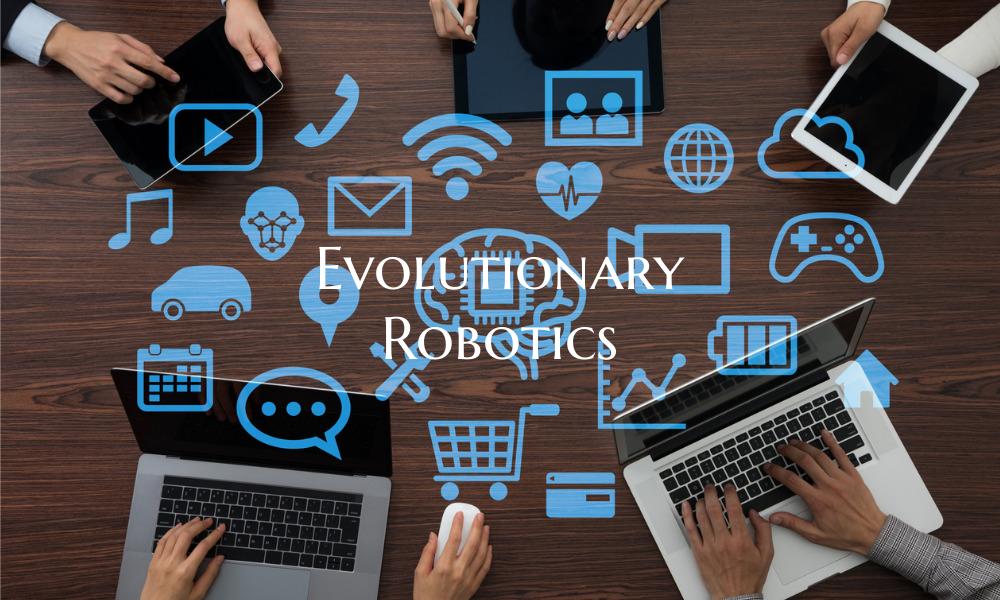Evolutionary Robotics
Evolutionary Robotics: Exploring the Future of Intelligent Machines
Evolutionary robotics is a cutting-edge field at the intersection of robotics and evolutionary biology. This emerging discipline focuses on developing robots that can adapt and evolve in complex environments, much like biological organisms. By applying principles of evolution and natural selection, researchers aim to create robots with enhanced problem-solving abilities, resilience, and autonomy.
One of the key advantages of evolutionary robotics is its ability to generate innovative solutions to challenging problems. Traditional robotics often rely on human-designed algorithms and controllers, limiting their adaptability to unforeseen situations. In contrast, evolutionary robotics allows robots to evolve their own behaviors and strategies through a process of trial and error. This empowers robots to discover new ways of interacting with their environment and responding to stimuli, leading to more robust and flexible robotic systems.
In practical applications, evolutionary robotics has the potential to revolutionize fields such as search and rescue operations, autonomous transportation, and space exploration. By equipping robots with the capacity to evolve and learn from their experiences, they can better navigate dynamic and unpredictable environments. For example, autonomous drones developed using evolutionary robotics techniques could adapt their flight patterns to avoid obstacles or optimize their energy efficiency.
Another exciting aspect of evolutionary robotics is its contribution to the study of artificial intelligence (AI) and machine learning. By mimicking the adaptation and evolution processes found in nature, researchers can gain insights into how intelligence emerges in biological systems. This not only advances our understanding of biological evolution but also informs the development of more sophisticated AI algorithms that can learn and improve over time.
Overall, evolutionary robotics holds great promise for creating a new generation of intelligent machines that can revolutionize various industries and our daily lives. As researchers continue to push the boundaries of this field, we can expect to see even more innovative and capable robotic systems that blur the lines between biology and technology.

